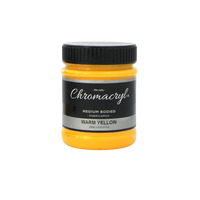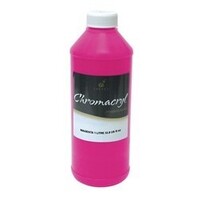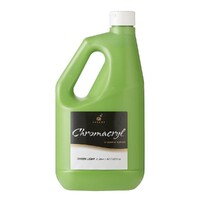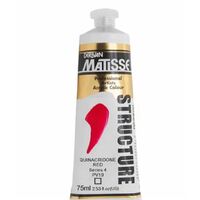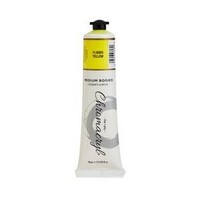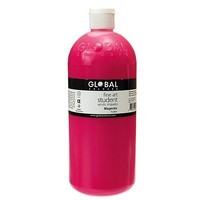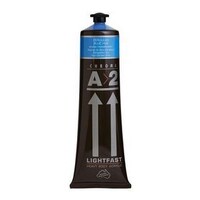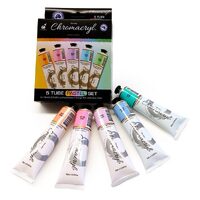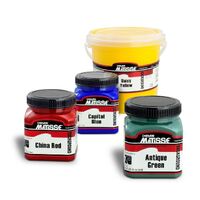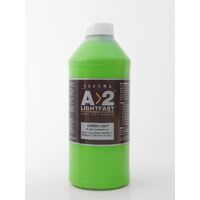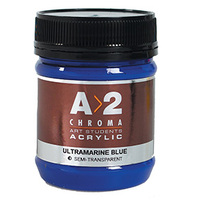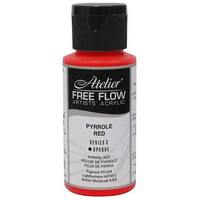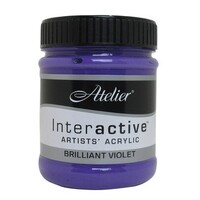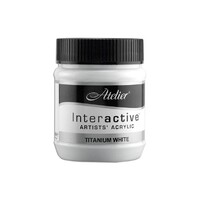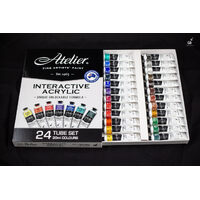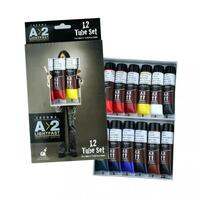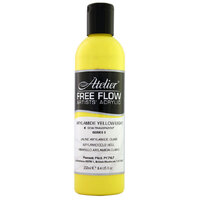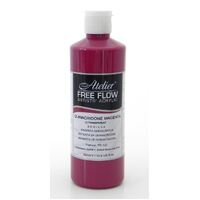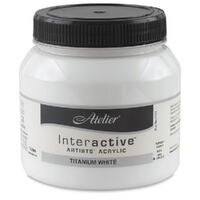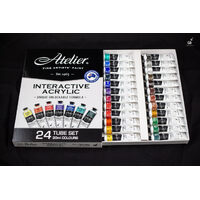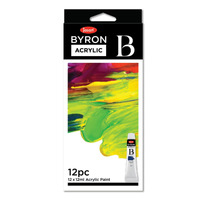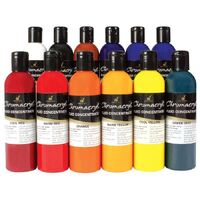Acrylic Paint
Acrylic Paints: Advantages, Supplies, Tips and Techniques
Acrylic paints are renowned for their versatility and fast drying times, making them ideal for artists who prefer to work quickly or in layers. They offer vibrant colours that are water-resistant when dry.
To get started with acrylic painting, you'll need a few essentials. Our online store offers everything you need to start such as paints, brushes suitable for acrylics, a palette and a palette knife for mixing colours. Canvases or acrylic paper serve as great surfaces to paint on.
Experiment with techniques like dry brushing for texture or sponging for soft colour blending. Acrylics are also great for mixed media projects due to their compatibility with a variety of different materials. Always keep a misting bottle handy to keep your palette moist and workable.
Acrylic Paint Properties and Mixing
Drying Time: Acrylics dry quickly, but if you want to slow down the drying time, try to use retarders or work in a cooler, more humid environment. Conversely, using a hairdryer or working in a warm, dry room can speed up the drying process.
Opacity and Transparency: They range from opaque to transparent, allowing artists to achieve a variety of effects. Transparent colours are excellent for glazing techniques, while opaque colours are better for solid, vibrant coverage. Check our options!
Colourfastness and Lightfastness: Most of them are colourfast and offer excellent lightfastness, meaning they resist fading when exposed to light. This makes them a durable choice for artworks intended for display.
Mixing and Blending: To mix the paints, start with a palette knife for uniform colour. You can blend directly on your canvas while the paint is wet, or layer dried paint for distinct colour transitions.
Choosing the Right Acrylic Paint Grade and Type
When choosing the paints, it's important to consider the different grades and types available to match your artistic needs. Student-grade acrylics are typically more affordable and feature fewer pigments and more fillers, which might reduce the vibrancy and coverage of the colours. Artist-grade acrylics boast richer colours and a more consistent texture, making them ideal for professional work.
For artists focusing on detail work, staining, or watercolour effects, fluid acrylics are an excellent choice due to their thinner consistency while heavy body acrylics, with their thicker composition, are perfect for adding texture and utilizing impasto techniques. For those looking to infuse their artwork with a bit of sparkle and unique visual effects, metallic and iridescent paints offer a shimmer and shine that standard colours cannot replicate. Each type of paint provides unique benefits, allowing artists to experiment and find the perfect medium for their creative expressions.
Surfaces and Preparations for Acrylic Painting
Choosing the right surface is crucial to achieving the desired results, with each surface type offering its unique advantages. Canvas is a favourite among artists for its durability and distinctive texture, making it ideal for larger, more permanent works. Paper, on the other hand, is more suitable for smaller projects, practice sessions, or lighter artwork. Beyond traditional choices, acrylics are also versatile enough to be used on alternative surfaces such as wood, metal, and plastic, each providing different textures and effects. Regardless of the surface chosen, proper preparation is key. Applying a primer like gesso ensures that the paint adheres properly and that the colours manifest as intended. Artists can also choose between textured and smooth surfaces depending on their personal preference and the specific visual effects they aim to achieve.
Common issues such as poor paint adhesion or uneven texture are typically manageable through the strategic use of primers and by tweaking painting techniques or the painting environment to suit the medium and surface.
At Oxlades Art Supplies, we provide an extensive range of painting supplies where you will find everything you need to unleash your creativity. Whether you're experimenting with different textures or refining your blending techniques, our products are designed to meet the highest standards of quality and versatility.
Acrylic Paint FAQs
Acrylic paint is a type of fast-drying paint made of pigment suspended in a water-based polymer medium. It’s commonly used by artists, from amateur painters to professional artists, as a medium for creating paintings, illustrations, murals, and mixed media artworks.
Acrylic paints are also used in art education programs, from elementary schools to colleges, due to their versatility, affordability, and ease of use.
There are several types of acrylic paints, including:
Heavy Body Acrylics: These have a thick, buttery consistency and are perfect for impasto techniques.
Fluid Acrylics: These have a thin consistency and are ideal for pouring, blending, and staining.
Matte Acrylics: These have a matte finish and are great for layering and underpainting.
High Flow Acrylics: These have a watery consistency and are suitable for fine line work and detail painting.
The benefits of using this type of paint include:
Fast Drying Time: Acrylics dry quickly, which means that you can layer and work on a piece of art more quickly than with other types of paint.
Water Soluble: It can be thinned with water, making them easy to clean up and perfect for washes and glazes.
Versatility: It can be used on a variety of surfaces, including canvas, paper, wood, and fabric. They can also be used to create a wide range of effects, from thin washes to thick impasto.
Durability: Once dry, acrylics are water-resistant and durable, making them ideal for outdoor art and murals.
Cost-Effective: Are typically more affordable than other types of paint, making them accessible to artists of all levels.
While acrylic paint offers many benefits, it also has some disadvantages that artists should be aware of:
Lack of Blending: Acrylics tend to dry quickly, making it difficult to blend colors smoothly. This can make it challenging to achieve certain effects, such as soft transitions and gradations.
Decreased Lightfastness: Some acrylic paints are not lightfast, meaning that they can fade or yellow over time when exposed to light. This can be a problem for artists who want their work to last for many years.

